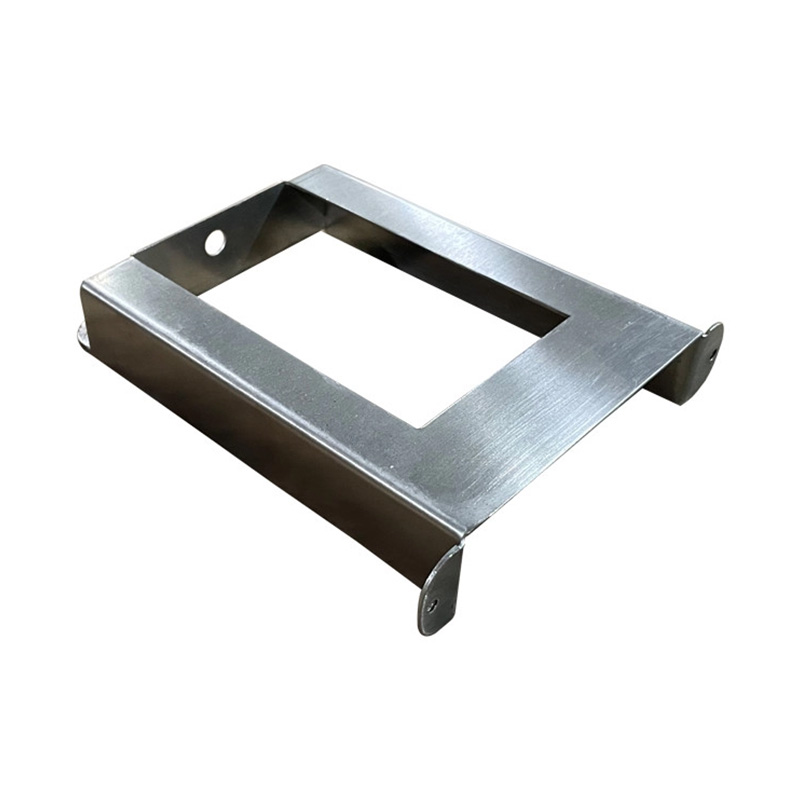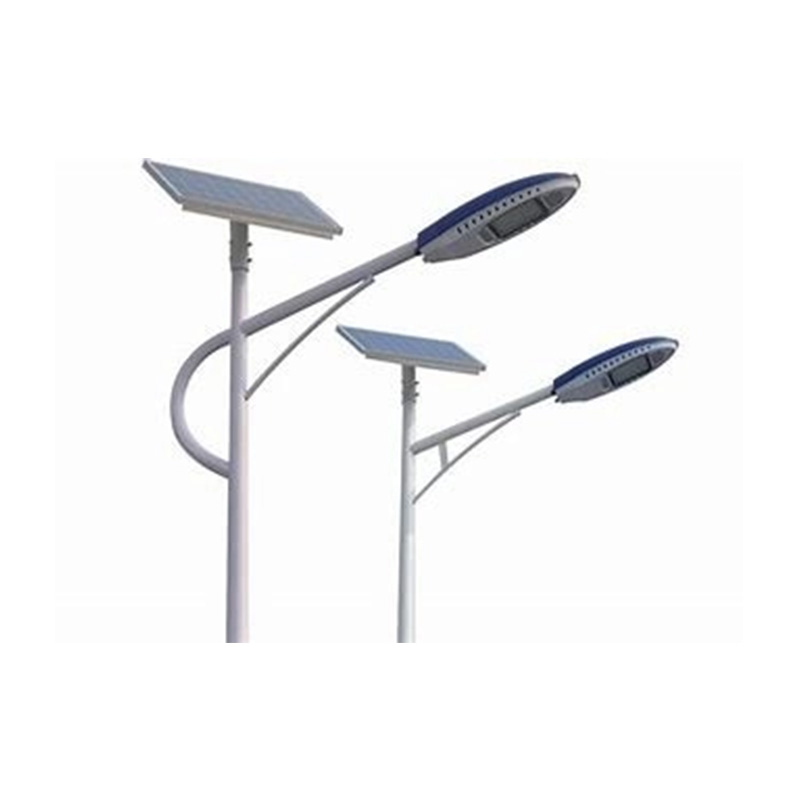Why Die Casting Mould Failures Cost Thousands Per Hour
Stuck with unexpected downtime? Defective parts piling up? Production managers face these nightmares daily. Actually, 23% of casting defects originate from mould issues according to NADCA’s 2024 report. The good news? Most failures are preventable.
Interestingly, our team at GD Weiting found that implementing these secret fixes can boost mould lifespan by 40%. Let’s decode these solutions.
Problem: Premature Erosion in Critical Sections
Solution: Localized Surface Enhancement
Gate areas often erode first. Apply tungsten carbide coating to high-wear zones. This hard-facing technique reduces replacement frequency.
Case Study: Automotive Impeller Production
After coating gate systems, a German manufacturer achieved 150,000 cycles vs. previous 80,000. Tooling costs dropped 30%.
Problem: Thermal Fatigue Cracking
Solution: Pulsed Cooling Technology
Constant thermal cycling causes cracks. Install pulsed cooling lines that alternate temperatures strategically. Counterintuitively, this reduces stress.
Our 2025 client saw crack formation delay by 3x using this method. Maintenance intervals doubled!
Traditional vs. Advanced Mould Maintenance
| Method | Reactive Repair | Preventive Optimization |
|---|---|---|
| Cost Impact | $$$ (Emergency fixes) | $ (Planned maintenance) |
| Downtime | 8-12 hours average | 1-2 scheduled hours |
| Mould Lifespan | 200,000 cycles | 500,000+ cycles |
| Quality Consistency | Variable | ±0.05mm tolerance |
5-Step Corrosion Prevention Protocol
- Post-Production Purge: Blow dry air through cooling channels (removes residual moisture)
- Neutralize Chemistry: Apply pH-balanced cleaner to dissolve aluminium oxides
- Protective Coating: Spray thin-film VCI corrosion inhibitor
- Controlled Storage: Maintain 40% RH in tooling cabinets
- Monthly Inspection: Check for pitting with 10x magnifier
Problem: Soldering (Aluminum Adhesion)
Solution: Nano-Ceramic Release Layers
Stuck material ruins surface finish. Modern PVD coatings create non-stick surfaces without affecting dimensional accuracy. For example, CrTiN coatings last 5x longer than traditional sprays.
⚠️ Critical Mould Handling Mistake
WARNING: Never use water-based coolants below 120°C mould temperature. Thermal shock causes micro-cracks invisible to naked eye. A University of Birmingham study found this reduces tool life by 60%!
Problem: Vent Blockages
Solution: Self-Cleaning Vent Pins
Clogged vents cause porosity. Rotating vent pins with ultrasonic cleaning capability prevent buildup. Maintenance time drops 70%.
Daily Mould Health Checklist
- □ Verified ejection alignment
- □ Measured core temperatures (thermal camera)
- □ Inspected lubricant distribution
- □ Checked for flash formation
- □ Confirmed vent functionality (smoke test)
- □ Documented shot count progression
Die Casting Mould FAQ
Q: How often should I perform deep maintenance?
A: Every 50,000 cycles for aluminium dies; 25,000 for zinc. Monitor wear markers monthly.
Q: Can I repair cracked H13 steel moulds?
A: Yes – laser cladding repairs are effective if cracks are under 0.3mm. Larger damage requires replacement.
Q: What’s the biggest cause of premature failure?
A: Improper warm-up procedures. Cold starts cause 43% of thermal shock damage (NADCA data).







